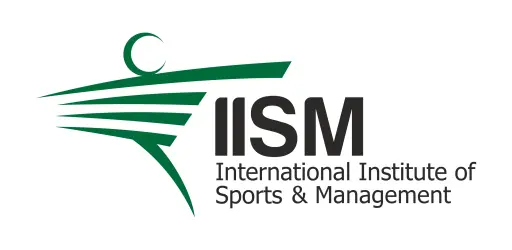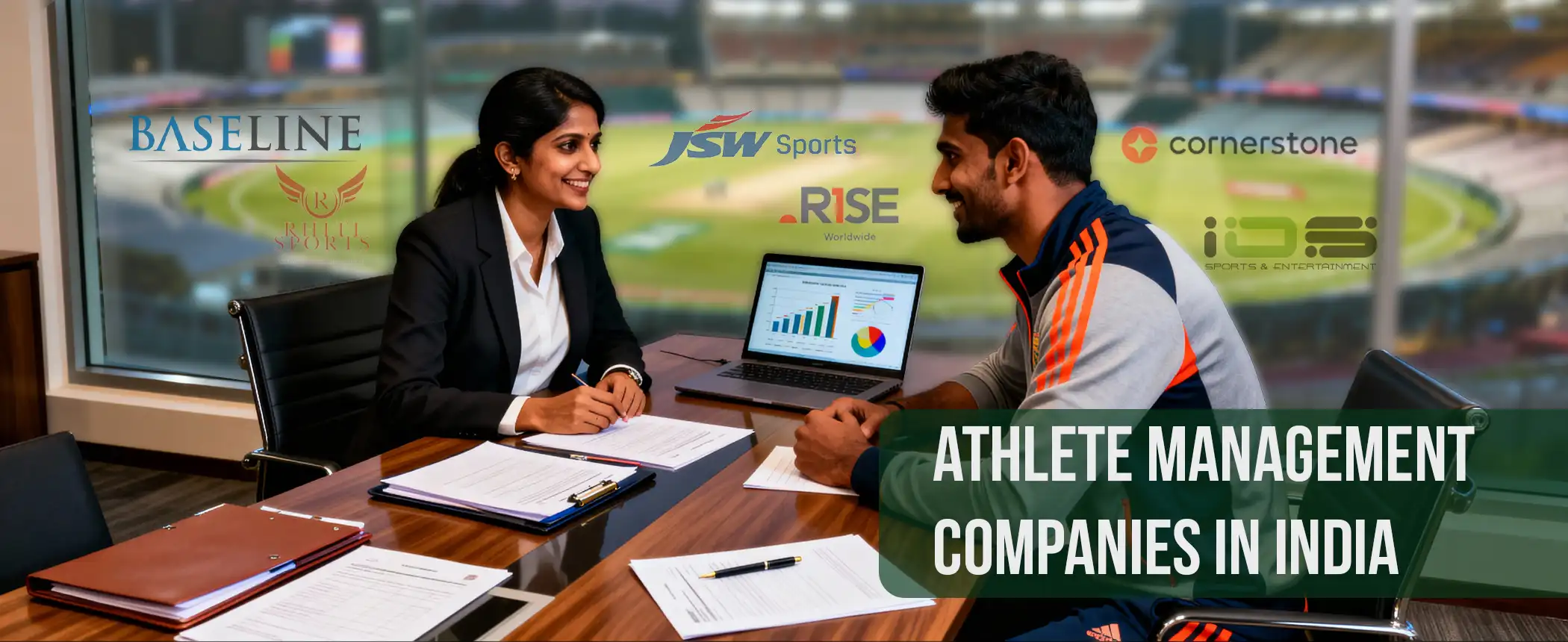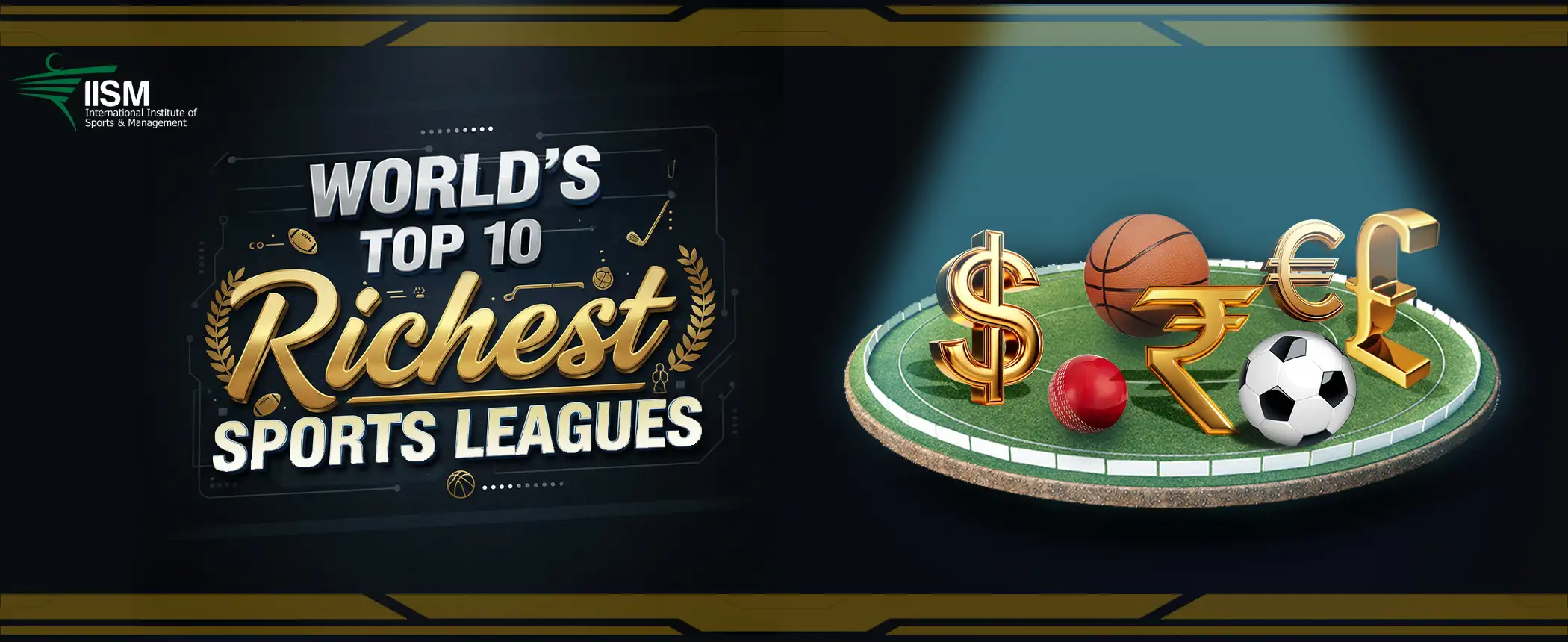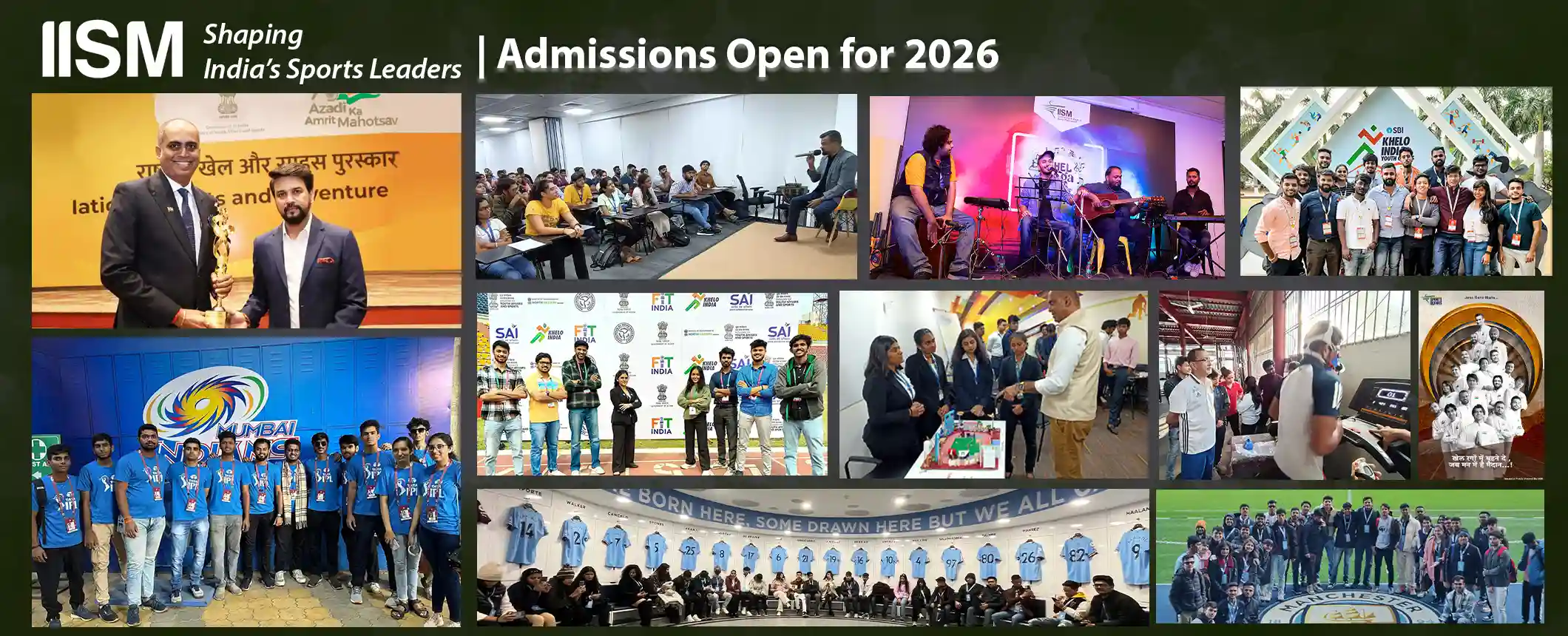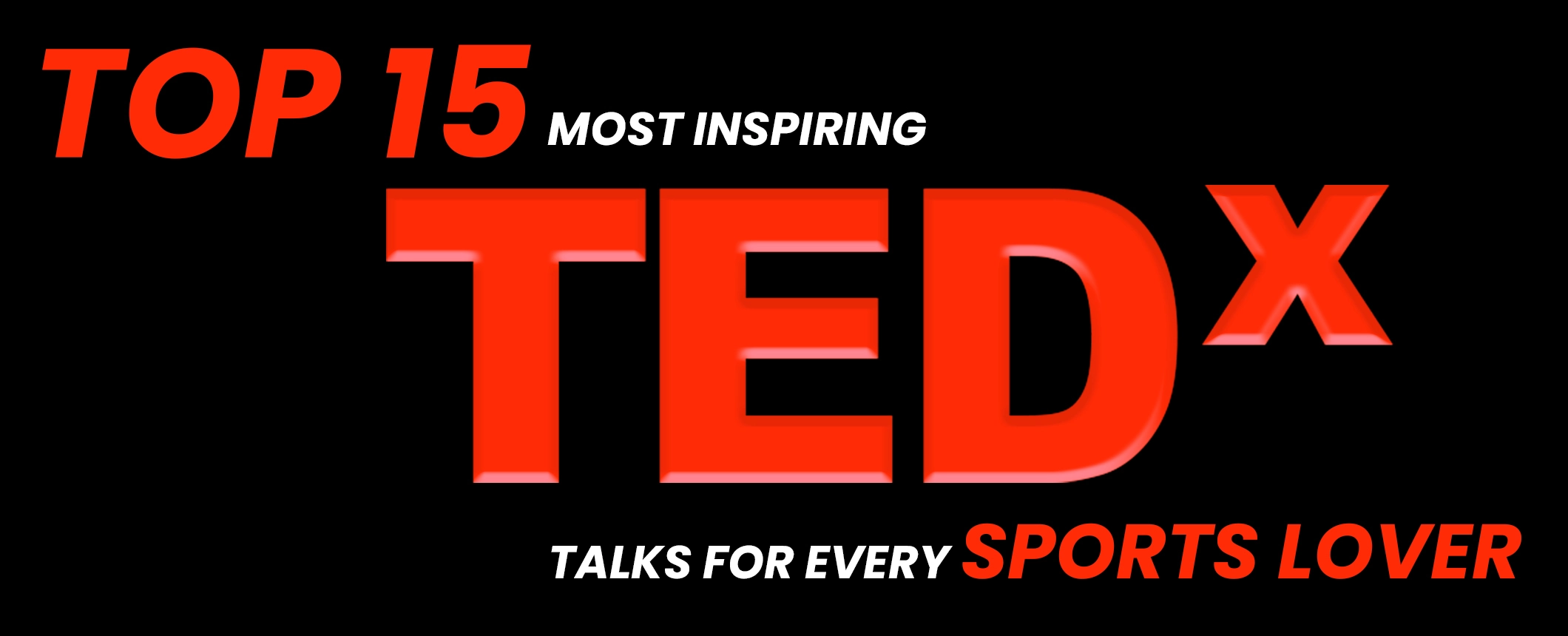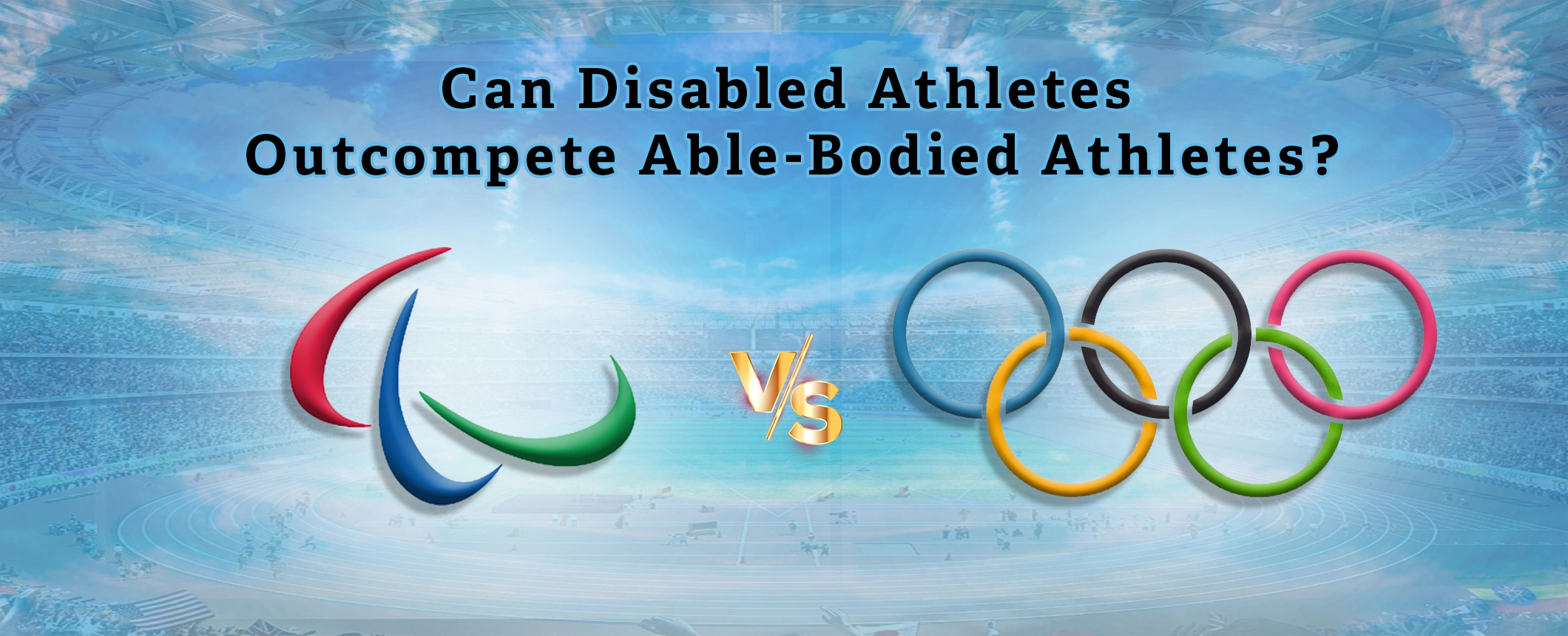Khelo India Games – Indian Government’s Flagship Grassroots Talent Hunt Programme

The revamped ‘Khelo India—National Programme for Development of Sports’ intends to develop the whole sports ecosystem in order to promote the dual national goals of public participation and sports excellence across the country.
Khelo India Games are the Indian government’s flagship programme to enhance India’s sports culture at the grassroots level through organised talent discovery, organised athletic tournaments, and infrastructure development.
Five types of competitions are currently happening under the Khelo India Programme:
- Khelo India Youth Games
- Khelo India University Games
- Khelo India Winter Games
- Khelo India Para Games
- Khelo India Beach Games
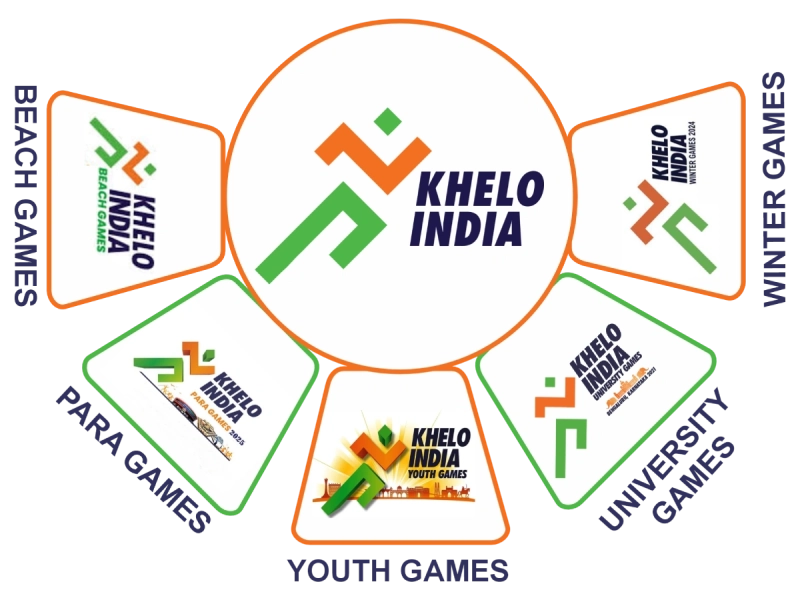
Five competitions under the Khelo India Programme
In this blog, we will be taking you through the ins and outs of all these Khelo India competitions.
So without further ado, let’s begin.
What are the Khelo India Games?
Khelo India Games (KIG) is a pan-Indian multi-disciplinary sports competition for the country’s talents across various age groups.
Under Khelo India, every year, 1000 kids are selected for a scholarship programme and trained to become medal winners and promote the growth of sports at the grassroots level.
The Khelo India Youth Games (KIYG), which was formerly known as Khelo India School Games, and the Khelo India University Games (KIUG) hosts 25+ sports with several indigenous sports getting the spotlight.
Meanwhile, the Para and Beach Games have around 6 to 7 sports and the Khelo India Winter Games consist of only 3 sports, presumably due to the lack of adequate infrastructure for a variety of winter sports.
When was it first inaugurated?
Prime Minister Shri Narendra Modi ji unveiled the first edition of the KIYG at the Indira Gandhi Arena, in New Delhi, on January 21, 2018. Later in February 2020, he also launched the first-ever KIUG at the Kalinga Institute of Industrial Technology (KIIT), in Cuttack, Odisha.
When the first Khelo India Youth Games were played, students competed for 209 gold medals across 16 sports. It was played at different venues, which were as follows:
-
Jawaharlal Nehru Stadium: Athletics, Football, Kho-Kho, and Weightlifting
-
Indira Gandhi Indoor Stadium Complex: Badminton, Basketball, Boxing, Cricket, Gymnastics, Judo, Kabaddi, Volleyball, and Wrestling.
-
Shyama Prasad Mukherjee Swimming Complex: Swimming
-
Dhyan Chand National Stadium: Hockey
-
Karni Singh Shooting Range: Shooting
Where is the Khelo India Games headquarters located?
The headquarters of the Khelo India Games is located at the Jawaharlal Nehru Stadium in New Delhi.
The Khelo India programme’s motto
Khelo India, which translates to ‘Let’s Play India’, has the motto: “Kheloge Kudoge Banoge Lajawaab,” coined by Prime Minister Shri Narendra Modi ji in one of his speeches.
Khelo India aims to harness the tremendous potential in the country in sports, inspire young talent, give them top-notch infrastructure facilities, and train them at the highest level so that they can bring laurels to the country. It also aims to revive the sports culture in the country and establish a strong framework for all sports.
What are the various Khelo India verticals?
There are five verticals under the Khelo India programme:
-
Creation and Upgradation of Sports Infrastructure
-
Sports Competitions and Talent Development
-
Khelo India Centers and Sports Academies
-
Fit India Movement
-
Promotion of Inclusiveness through Sports

Khelo India Verticals
With India’s Sports budget increasing year-on-year, the Khelo India programme is going to receive a massive boost with around 20 to 25 percent allocation out of the total budget amount of ₹3,794.30 crore for the financial year 2025-26.
Khelo India Scholarships: Duration, Amount, Benefits
Every year, the best 1000 athletes (two medalists from each event) are given an annual scholarship of ₹6.28 lakh for 8 years. Around ₹1.2 lakh (₹10,000 per month) from this accounts for the Out-of-Pocket Allowance (OPA).
The remaining ₹5.08 lakh is provided for the athletes’ training expenses, coaching, participation in national and international competitions, education, nutrition and supplements, equipment, healthcare, injury management and scientific support.
This is a crucial comprehensive support package for the cream of the crop athletes and helps facilitate their grooming at every stage of their trajectory up the ladder.
Age Limit at the Khelo India Games
The upper age limit for participating in the Khelo India Youth Games is 18 years old. And only the chosen school students are allowed to compete.
Meanwhile, for the University Games, this age limit is set at 25 years old.
For the Khelo India Para Games, the age limit range is from 16 to 40 years old.
Lastly, the Winter and Beach Games are open-age competitions.
Which states have had the most success in the Khelo India Games?
Maharashtra has so far been the most successful state at the Khelo India Youth Games. They have won 2019, 2020, and 2022, 2024 and 2025 editions of KIYG and ended up as runners-up in the 2018 and 2021 editions.
Haryana is the second-most successful state, having finished first in the inaugural edition in 2018 and in the 2021 edition while finishing as the runners-up in the 2019, 2020, 2022, and 2025 editions.
In the Khelo India Para Games, Haryana has won both the 2023 and 2025 editions with Uttar Pradesh and Tamil Nadu trading second and third places.
Conclusion
Sporting talents like Manu Bhaker, Saurabh Chaudhary, Anshu Malik, and Srihari Nataraj are some of the finds of Khelo India who have already represented India at the 2020 Tokyo Olympics and the 2024 Paris Olympics, proving that these initiatives will bring better yields.
With the current work done by the Sports Authority of India and the Government of India, it looks certain that Khelo India will continue to provide more athletes who will not only represent India at an international level but also be podium finishers.
On top of that, the recently introduced National Sports Policy 2025 is only going to further bolster the Khelo India programme and elevate Indian athletes to the next level.
Reviewed by Mr. Aman Kumar — Sports Project Manager at IISM — who specializes in sports operations and also handles IISM’s association with key sports stakeholders like the Sports Authority of India (SAI) for Khelo India Games and National Games.
